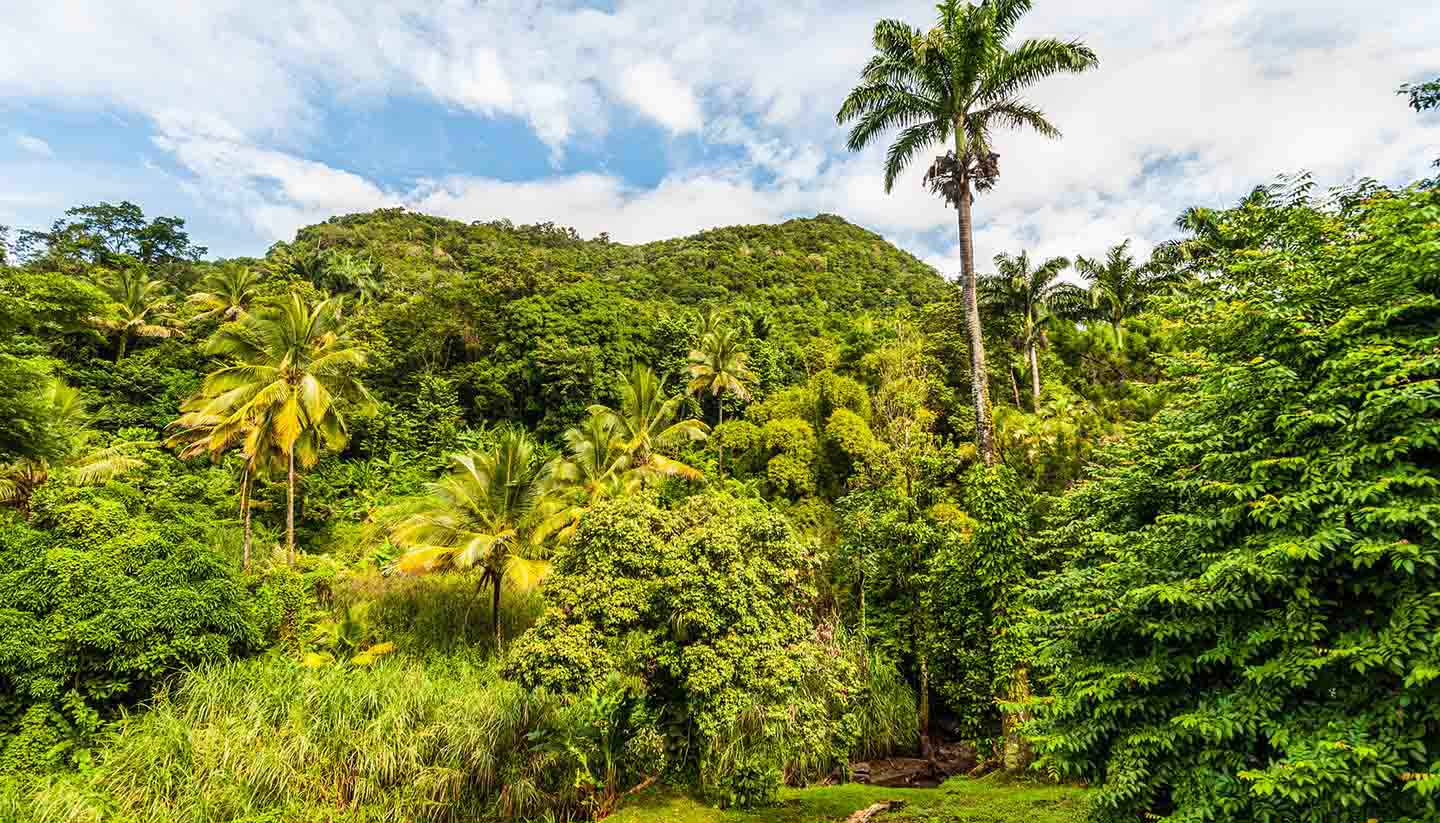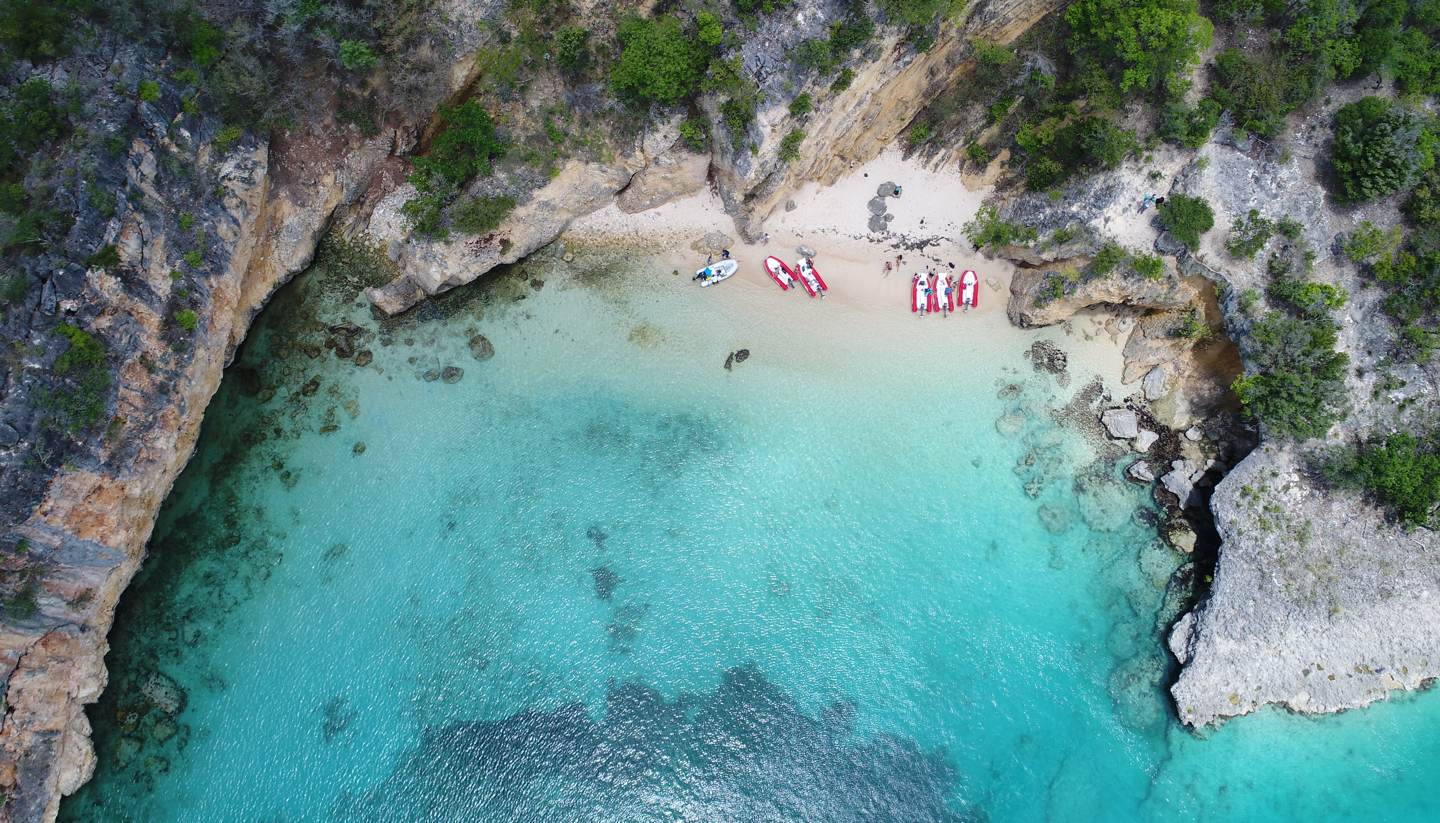Dominica History, Language and Culture
History of Dominica
Before being discovered by Christopher Columbus in 1493, Dominica’s mountainous natural beauty was originally enjoyed by the Carib Indians who made the island their home in the 14th century. The Caribs called their sunny isle Waitukubuli, meaning ‘Tall is her body, and some Carib descendants remain in Dominica today – the last surviving community of this indigenous group.
Following Columbus’ arrival, the island became known as Dominica, taking its name from the day he landed (Dominica is Latin for Sunday). France colonised it in the 1600s, before, in 1805, the island became a British possession, remaining under British rule until the late 1960s. During both world wars thousands of Dominicans volunteered to fight in Europe for the Allies and the country provided a place of safety for Free French refugees fleeing the Vichy-controlled French islands.
Dominica has been nicknamed the ‘Nature Isle of the Caribbean’ on account of its stunning natural features, not least Boiling Lake, the appropriately named hot spring – the second largest in the world.
Since 1978, the island has enjoyed full independence although self-rule has been somewhat stormy, with two coup attempts by leftist members of the island’s Defence Force during the early 1980s.
The arrival of Hurricane David in 1979 brought mass chaos as the immense tropical storm damaged three quarters of the island, destroying homes and killing 42 people. A bus still remains to this day crushed under a storm-felled tree in Rousea’s Botanical Gardens.
After the 1980 elections Dominica appointed Eugenia Charles, the Caribbean’s first female prime minister.
Politically, the early 2000s proved eventful, with two Prime Ministers – Roosevelt Douglas and Pierre Charles – both dying while in office. Since 2004, Roosevelt Skerrit has been leading the country and remains a popular figure.
In recent years, Dominica has developed a close, if controversial, relationship with Japan, which has provided extensive development aid including a modern fisheries complex. In exchange, Dominica now supports Japan’s much criticised efforts to undermine international controls on whaling. Nevertheless, given the island’s serious economic problems, the deal enjoys wide popular support.
Did you know?
• Dominica’s national bird is the Sisserou parrot, which features on the national flag.
• The Commonwealth of Dominica has emerged as a major international offshore financial centre thanks to its low-tax regime.
• Playwright and novelist Jean Rhys was born in Dominica, which features as the ‘honeymoon island’ in her best known work, Wide Sargasso Sea.
Dominica Culture
Religion in Dominica
Almost entirely Christian, with Roman Catholic majority.
Social Conventions in Dominica
Casual dress is normal. Evening clothes are informal but conservative. The Catholic Church is one of the most dominant social influences. Photography: Visitors should ask before taking photographs of local people.
Language in Dominica
English is the official language, but French Creole is spoken by most of the population.



